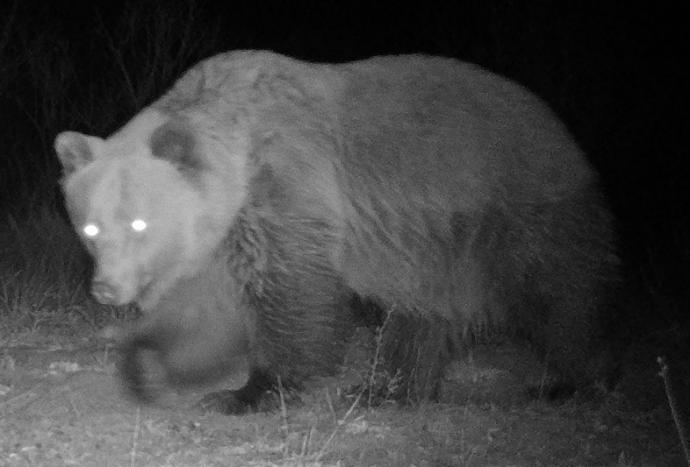Mapping brown bear (Ursus arctos) habitat preference from camera trapping and telemetry data: implications for wind farm development in Vasilitsa mountain, Greece
Abstract
Despite wind farm development being one of the ways for countries to switch to renewable energy sources, they have been shown to have negative impacts on biodiversity. Knowledge of wildlife ecological preferences in areas considered for wind farm placement is important for their conservation. I used camera trapping to monitor brown bears (Ursus arctos) in the area of Vasilitsa in Northwestern Greece, where plans for wind farm placement have been decided for the near future. Bear relative abundance was found to be higher for the camera sites located inside Natura 2000 areas and increased when distance to forest was shorter and the areas of planned wind farm development showed reasonably high relative abundance estimations when compared with the surrounding areas. Bear circadian activity was estimated mostly nocturnal and crepuscular. By using telemetry data from older studies, a) habitat selection analysis showed that brown bears have a significant preference for broad-leaved forests, mixed forests, heterogeneous agricultural areas and shrublands, and b) habitat suitability mapping showed that some of the areas of planned wind farm development might be highly suitable for brown bears. Considering the results of the study I suggest that a re-evaluation of the current wind farm development in Vasilitsa is crucial in order to implement a better conservation strategy for brown bears in the area.

Responsible for this page:
Director of undergraduate studies Biology
Last updated:
05/17/21
